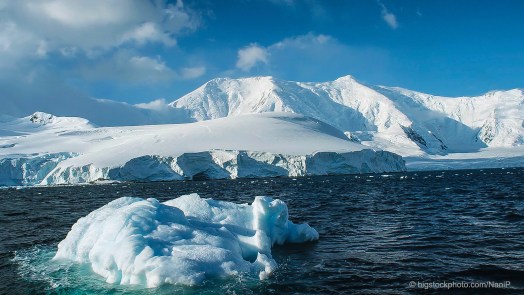
Many leaders in the United States, as well as other countries of the world, seem to have a view of global warming that contradicts the evidence and good scientific data. More amazing is that many scientists also take positions on global warming that don’t fit the evidence. Science News (March 2, 2019) published an article (page 6) about various theories of how melting ice could affect eustatic sea level rise.
One estimate is that sea levels could rise by 2.1 meters (over six feet) by 2100. Another research report says that sea levels could rise by four meters by 2200. Both of these estimates are based on the melting of ice cliffs in Antarctica. Imagine the result of an eight-foot rise of sea level on Miami or New Orleans or Venice?
The problem with the scientific data, as spelled out in the Science News article, is that the physics of ice cliff collapse is very poorly studied. Another problem is that much of the ice that has been proposed as being likely to melt is floating. If the ice is floating, it has displaced as much water as it weighs or it wouldn’t be floating. This is an old physics law that says “any object that is placed in a fluid is buoyed up by a force equal to the weight of the fluid displaced.” If the iceberg somehow evaporated instead of melting, the sea level would go down. If it just melted, the mass is still there, and there would be no sea level rise.
Scientists are hotly debating the predictions of eustatic sea level rise. The question is not whether we are experiencing climate change with an increase in worldwide average temperatures. We are. The question is what that temperature rise will do. The design of the amazing physics of ice and water may seem simple, but it is highly complex on a global scale. We see evidence of God’s design of Earth to support human civilization. Stay tuned for more data as research continues.
–John N. Clayton © 2019

